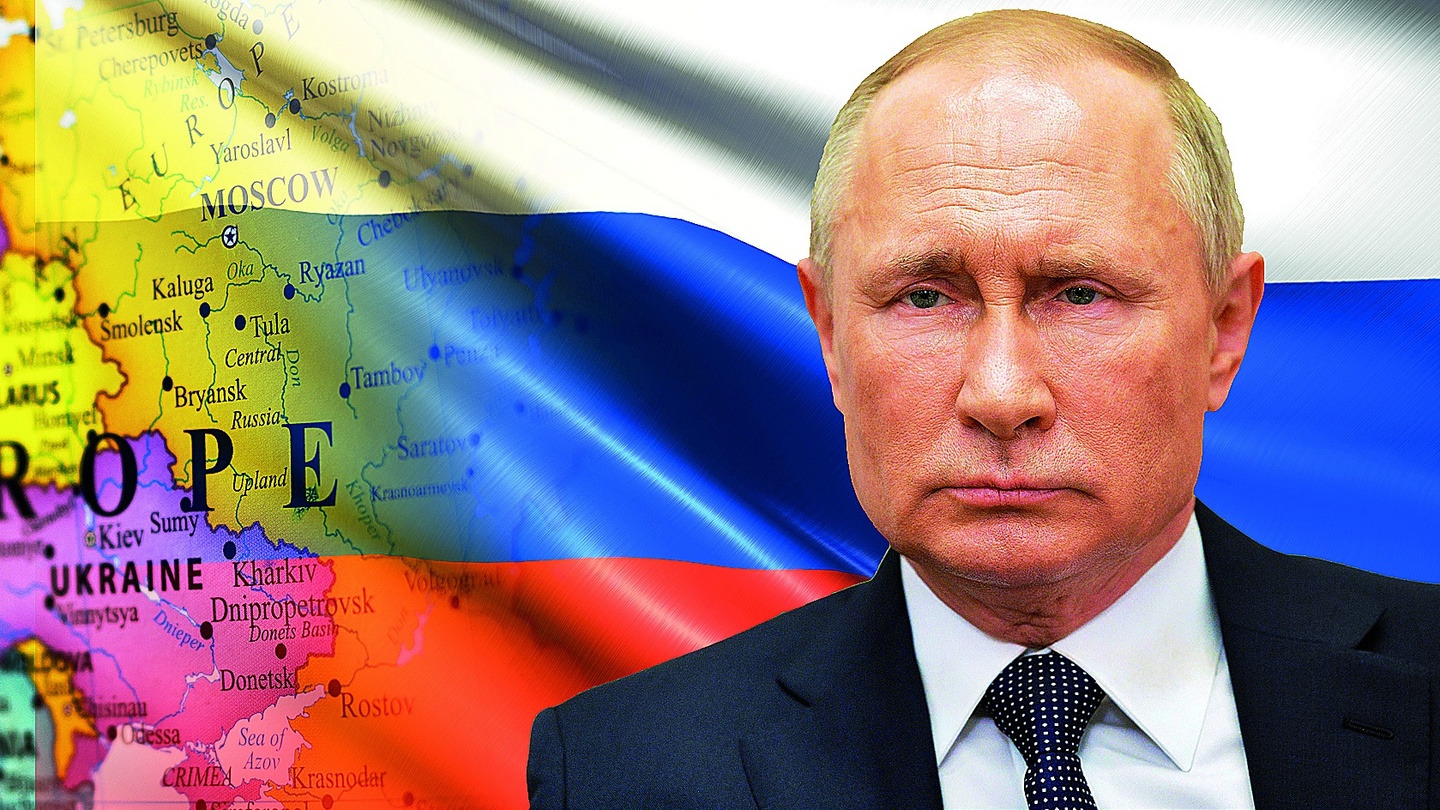Politics
Europe races out of dependence on Russian gas
European countries rush to resume unfinished pipeline projects and source LNG from outside, in an effort to break dependence on Russian gas. From plans to build liquefied natural gas (LNG) storage in the north of Germany, Finland and France to new pipelines running through Spain and the Mediterranean, Europe is working to decouple Russian gas. , although experts say the task will take years to complete.
Europe races out of dependence on Russian gas
In Middelfart in central Denmark, construction of the 900km Baltic Pipeline, which carries gas from Norway to Poland, resumed last month to help Warsaw reduce its dependence on Russian natural gas .
“Of course the project also aims to help Denmark get more gas, but mainly to support our neighbors and our good friend Poland,” said Soren Juul Larsen, project manager at the operator Denmark’s Energinet infrastructure, says.
Just a week after Russia launched a military operation in Ukraine , the Danish environment agency, concerned about the impact of the Baltic Pipe on the ecosystem, has granted permission for the project to resume construction after nine years. suspension month.
“The pipeline was previously suspended because it had not been authorized to protect nature and rare species,” said Trine Villumsen Berling, a researcher at the Danish Institute for International Studies. “The conflict in Ukraine has made the licensing process more urgent.”

The construction of the Baltic Pipeline project was initiated nearly 20 years ago and commenced in 2018. It is expected to begin operation in October, before being fully operational on January 1, 2023.
“We’ve worked well with all the contractors to speed things up and do whatever it takes to keep it up,” Juul Larsen said during a visit to the construction site.
With a capacity of 10 billion cubic meters of gas per year, the pipeline will supply 50% of Poland’s consumption, which three years ago announced it would terminate contracts with Russia’s Gazprom group in 2022.

While this is good news for Poland, the project could raise concerns among other European countries looking to break away from Russian gas dependence. Norway, Europe’s second-biggest gas supplier after Russia, is operating at full capacity, so adding more gas to Poland means reducing supplies to the rest of the continent.

“This project will help Poland, but may lead to a decrease in gas exports from Norway to the UK with Germany,” said Zongqiang Luo, an expert at research firm Rystad Energy.
Luo noted that many gas contracts between Russia and European countries are valid for another 10-15 years.
Despite opposing Russia’s immediate gas ban, the European Union (EU) has announced plans to cut imports by two-thirds this year and move towards completely phasing out Russian gas within this decade. .
In the context that Norway has exploited at full capacity, the fields of the Netherlands and Britain are declining, Russian gas is no longer attractive, Europe is trying to find gas sources farther away, including LNG is shipped by ship from the US, Qatar and Africa. But this solution requires building large LNG storage facilities at seaports, or purchasing specialized vessels for floating LNG storage.
When the Nord Stream 2 pipeline project from Russia was suspended, Germany urgently started construction of three LNG storage projects that were not prioritized. One of the three depots is expected to be completed in the winter of 2023-2024, but the other two cannot be completed before 2026.
Finland and Estonia announced last week a project to lease imported gas storage vessels, while Estonia and the two Baltic countries announced to stop importing Russian gas from April 1.
In southern Europe, Portugal and Spain promote an alternative supply route to help Europe reduce its dependence on Russian gas. To achieve this goal, Portugal’s largest port of Sines is expected to double its LNG storage capacity in less than two years.
Spain, which has a pipeline link with Algeria and has large LNG storage facilities, could provide an additional option for Europe, but this solution requires improved connectivity between pipelines. Spain with the rest of the continent, especially France.
Another option being considered by Europe is gas supplies from the eastern Mediterranean, where large reserves have been discovered off the coast of Israel and Cyprus over the past 20 years.
Although the EU currently receives about 40% of its gas from Russia, observers say concerns about future supply will make it difficult for Europe to reverse its decision to cut dependence on Russian energy.
“Given the EU’s ambition to replace imports from Russia with other suppliers by the end of the year, it seems unlikely that most European customers will renew their gas contracts with Moscow,” the analysts said. of the risk consulting firm Eurasia Group in the US said. “Europe’s gradual decoupling from Russia’s energy supply is structural and will not be reversed.”
Contact us:
- https://www.linkedin.com/in/swag-store-52068b237/
- https://www.pinterest.com/allyoloswagstore/
- https://twitter.com/StoreSwag2
- https://www.facebook.com/swagtshirtsandfurniture/
Homepage: https://allyoloswag.com/

